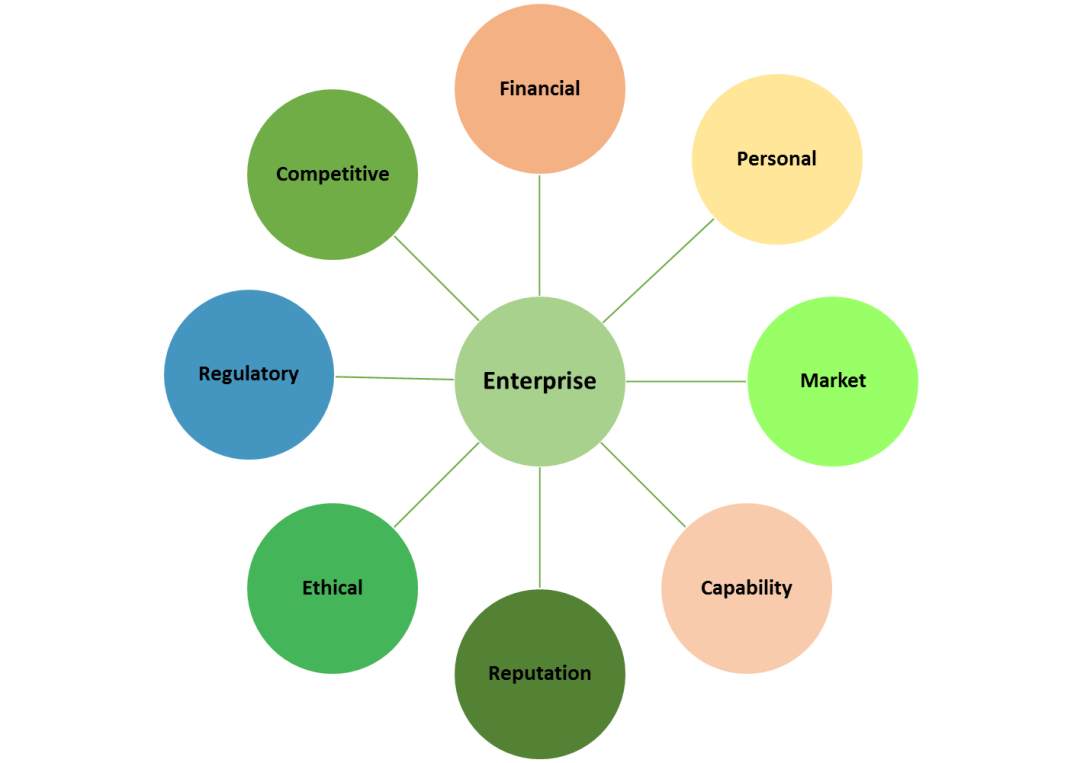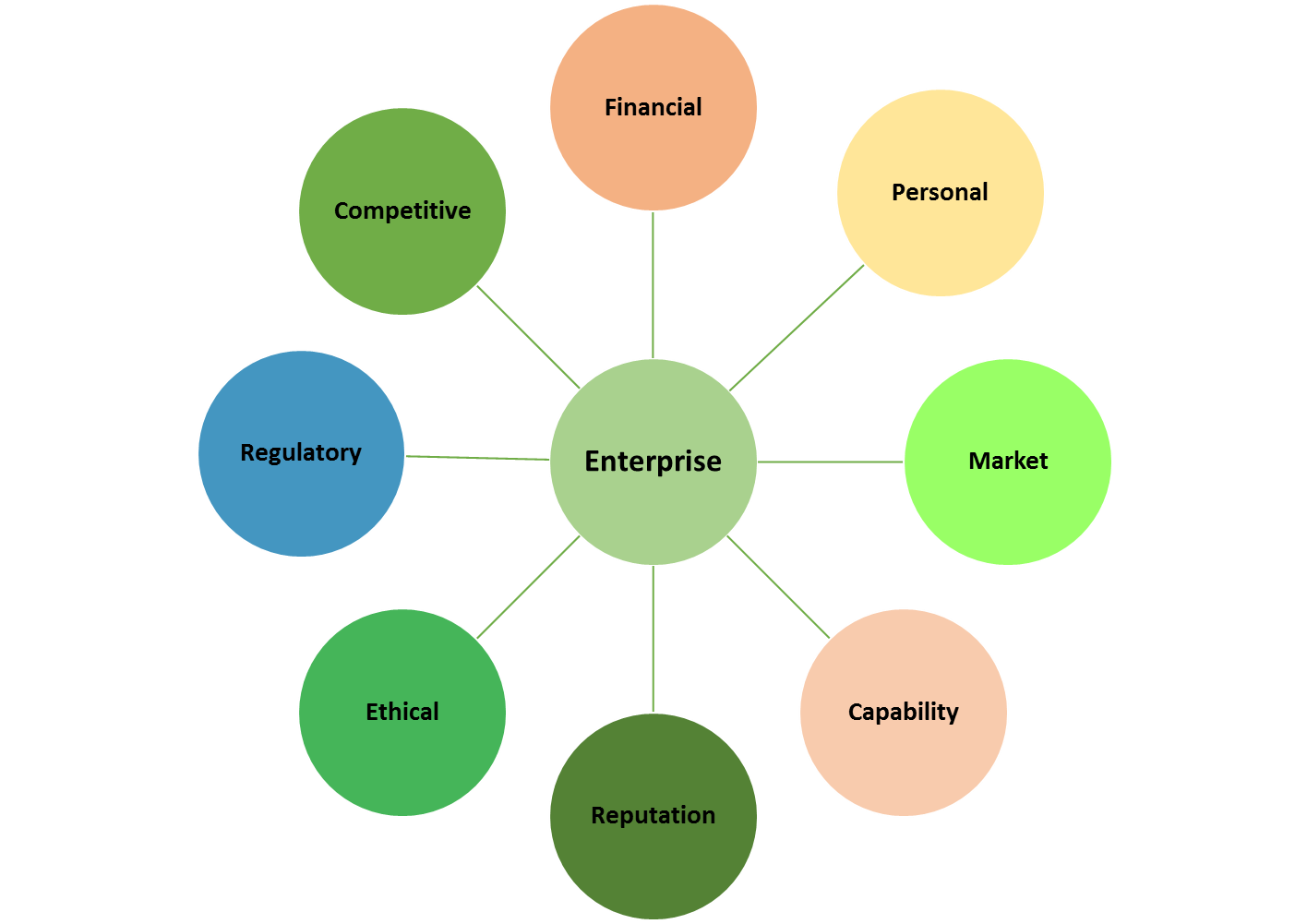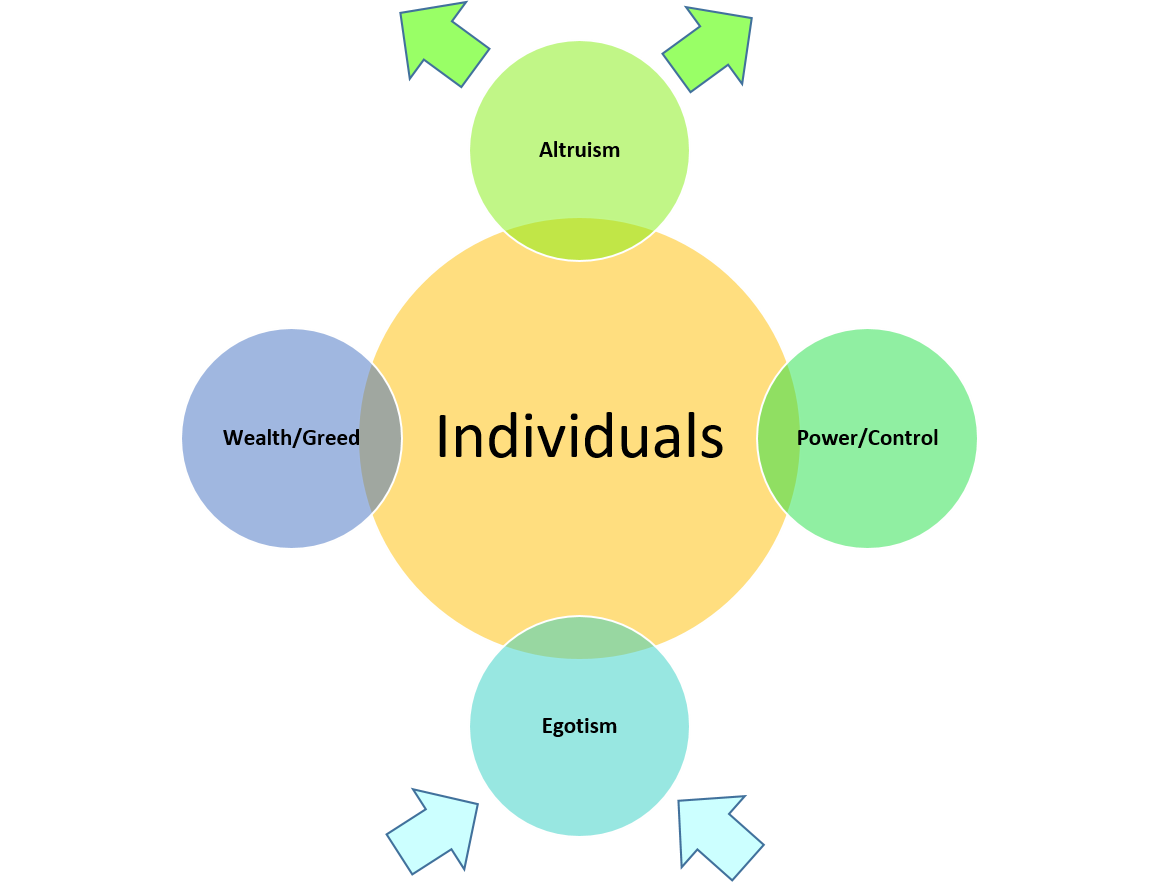Understanding Business Drivers
Blog: The Knowledge Economy
All organisations, whether large all small, are influenced by both internal and external drivers. How the organisation responds to them can affect its overall success. The following only touches some of the generic drivers that an organisation is likely to confront. Each organisation will have it own unique set which should be explored in detail.
Financial drivers
Financial drivers are directly associated with the costs of doing business and are most commonly considered in relation to achieving overall profit. Examples include:
- Price of offered products and services.
- Manufacturing or acquisition costs.
- Capital costs.
- Operational costs.
- Sales volumes.
- Margins.
- Cost of debt.
- Inventory.
- Transport
Profit, even for a non profit organisation, is important. Ultimately if all capital reserves become exhausted the organisation will cease to remain viable. Profit need only be as large as required to maintain ongoing viability.
Non-financial drivers
Non-financial drivers also impact the bottom line, even though they’re not directly expressed in financial terms. Reputation for example can be expressed in terms of client satisfaction which can in turn impact the volume of products and services sold resulting in increased or decreased profit.
Broad Non-financial profit drivers include:
- Personal
- Market
- Capability
- Reputation
- Ethical
- Regulatory
- Competitive
To these can be added:
- Quality of the product or service.
- Level of employee Training.
- Employee satisfaction (morale).
- Employee health and safety.
- Behavioural – including culture and values.
- Environmental.
Ranking your drivers
Once you have determined the drivers that affect the ‘business’ it is essential to establish why they are important and what impact they have on ongoing success. Ranking the drivers from most important to least important in terms of their impact on the business goals enables a prioritisation process to be applied.
The top drivers common to many businesses include:
- increasing sales (turnover)
- increasing productivity
- reducing costs
- reducing overheads.
These may not however be the most important to be satisfied.
Value Drivers Prioritisation: What is truly important?
Use the Business Strategy as a tool for ranking drivers.
- Critical Success Factors (CSFs) are indicators that measure how well an organisation is accomplishing its goals. For example, a CSF for an agile software development may be the achieving of a high-level of client-developer interaction. For a Non-Profit organisation it may be the securing of 1500 monthly donors or obtaining 200 active volunteers within a pre-defined timeframe.
- Future scenarios allow organisations to explore multiple potential futures and generate robust strategies and the early warning signs that indicate how the future may unfold. For example, the agricultural industry may use climate experts to create scenarios based on the critical uncertainties associated with major weather systems and plan for each range of possibilities and their associated risk profile.
Business-Driven Performance Improvement
To highlight the way that integrated strategic planning can help an organisation understand its business drivers for improvement, consider the organisation having a defined goal acquiring IT systems that supports the services it provides to its customers. The organisation’s CSFs could reflect the following operational areas that must function well to meet its mission:
- identifying and acquiring IT systems that serve its customer’s needs
- managing and tracking a budget that is adequate to achieve this goal
- formally managing relationships with both key internal and external stakeholders through communication, managing expectations, and personal interaction.
Identifying and understanding the key drivers are essential to ensuring appropriate Business – ICT strategic alignment. Five key steps to follow are:
i) Tabulate business drivers, describing
- their source (strategic plan, workshops, formal reviews, operational imperatives, legislation, customer demand, etc)
- the technology sets that would satisfy these drivers – both applications and operations oriented
- the “as is” assessment of ICT against those business-driven requirements. It is imperative to understand where you are before you can decide where you can go.
ii) Engage the relevant business executives, stakeholders and business process owners for a both a review and to challenge the Business Drivers analysis.
iii) Convert the driver versus ICT analysis into appropriate ICT strategy themes that provide an a context for considering Applications, Enterprise Architecture requirements and ongoing ICT Operations.
iv) Map ICT strategy themes through outline the initiatives proposed to the business drivers.
v) Sequence the initiatives taking account of known business priorities, projects in flight and the dependencies between initiatives.
Drivers do not always stand by themselves. They can exhibit degrees of interdependence.
A CEO whose remuneration is dependent on cutting costs may ‘succeed’ by instigating a programme of staff reductions and infrastructure freezes. Costs may be saved, the CEO may achieve their bonus but at what ‘cost’ to the business:
- Stagnation through failure to grow;
- Loss of market share through failure to innovate.
- Loss if Intellectual capital through failure to retain knowledgeable personnel.
- Loss of opportunity through failure to invest.
All Key Performance Indicators, before being set must have their impact, if achieved, assessed against the the vision, goals and objects of the organisation as a whole.
It is also essential to understand that individuals are also affected by personal drivers which do affect their decision making processes.
Personal drivers and their effect on business outcomes
- Power/Control – provides the ability to influence and affect outcomes.
- Wealth/Greed – provides the ability either spend or constrain spending.
- Altruism – exercises selfless concern for the well-being of others.
- Egotism – exercises self centred and selfish behaviour with little regard for the needs of others.
Balance
To succeed it is imperative to gain a good understanding of what the drivers are and acknowledge how they impact the decision making process. Balancing the needs of the organisation against those of the individual so as to achieve a defined shared vision is not an easy task. Personal drivers, if not channelled appropriately can have unintended consequences when assessing the eventual outcome.
- Pure altruism without acknowledging any need for self interest can lead to a shortened business existence.
- Greed might drive acquisition but affect wise investment.
- The exercise of power and control might result in micromanagement and hence staff discontent.
Identification of key drivers, understanding their impact and managing how to best respond to them is fundamental to achieving enduring organisational success.
Leave a Comment
You must be logged in to post a comment.










